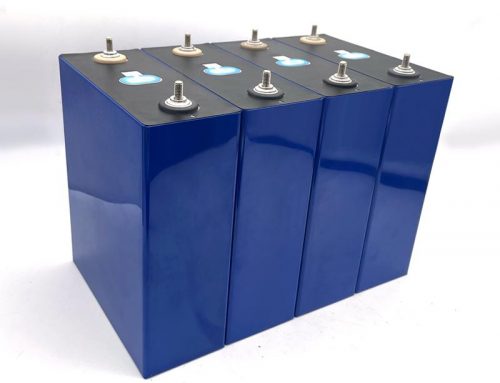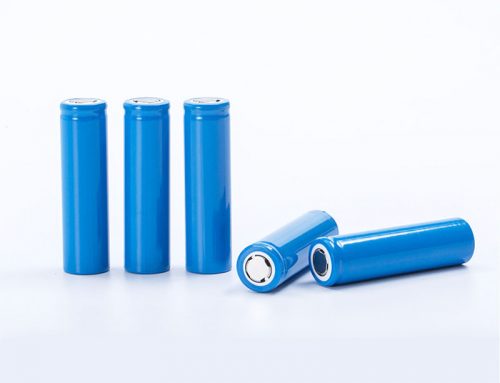On the surface of a Li[Ni0.18Li0.2Co0.03Mn0.58]O2 cathode material treated with water, unknown transition meta loxide layers, which formed by the dissolution of the surface of the cathode particles, covered the surface of theLi[Ni0.18Li0.2Co0.03Mn0.58]O2 cathode material; as a result,the unknown layers prevented the surface of theLi[Ni0.18Li0.2Co0.03Mn0.58]O2 cathode material from dissolving further. The protective layers can enhance the stability of the charge/discharge performance even after water-treatment of the cathode particles.
Forever EV focus on delivering advanced Lithium-ion battery electrode binders.
BA-310C and BA-310F are both new eco-friendly non-toxic water-based binders for Li-ion Battery Cathode Electrodes. It can deliver the most excellent adhesion to the active materials as well as the Aluminium foil. It will generate excellent flexibility for the electrodes which is good for cylindrical cell production. It also effectively solve the problem which frequently happens in electrode production such as powder-off, falling-off, and cracking, etc. The good mechanical stability, thermal stability, alkali resistance, and freeze-thaw stability make transportation and processing easier!
The application of a water-based hybrid polymer binder to a high-voltage and high-capacity Li-rich solid-solution cathode and its performance in Li-ion batteries
Journal of Applied Electrochemistry volume 46, pages267–278 (2016)
Abstract
Uniform cathode films were prepared with a Li-rich solid-solution (Li[Li0.2Ni0.18Co0.03Mn0.58]O2) cathode material and a water-based hybrid polymer binder (TRD202A, JSR, Japan) composed of acrylic polymer and fluoropolymer, carboxymethyl cellulose, and conducting carbon additive. The films exhibited stable charge/discharge cycling performances (average discharge capacity: 260 mAh g−1) when cycled between 4.8 and 2.0 V for 80 cycles. After 80 cycles in the chemical environment of Li-ion cells, a cathode film prepared with the water-based hybrid polymer binder showed longer-term reliability as well as higher electrochemical resistance when compared with a cathode film using the conventional polyvinylidene difluoride binder. Additionally, even without electrochemical pretreatment, the Al2O3 coating on the cathode surfaces improved the cycling stability by preventing the cathode surface from making direct contact with H2O.

